Rock Springs Uplift and Adjacent Areas (cont.)
2.3 Leucite Hills Lamproites Thin Sections
Hand samples of wyomingites and orendites (including the olivine-orendites), the commonest lamproites of the Leucite Hills, are undistinguishable to the naked eye. They display more or less cavities, explaining why the eastern part of Zirkel Mesa is commonly called "Pumice Hills".
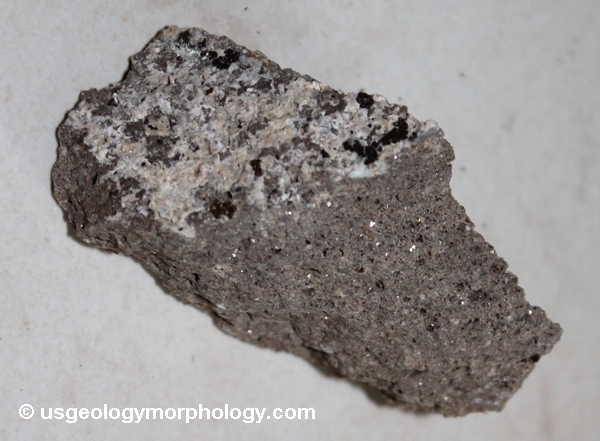
Figure 2-5. Hand sample of orendite (Zirkel Mesa, Leucite Hills, Wyoming.
Length of sample: 5 cm.
2.3.1 Wyomingite
Among the Leucite Hills rocks, wyomingite is the one with the most leucite. Leucite makes up the largest part of the groundmass, with an interstitial rare amphibole called magnophorite. It's essentially a potassium richterite (Carmichael, 1967 and references therein), first identified by Prider (1939) in the lamproites of the west Kimberley area in Australia. Its formula is:
(OH, F)1.04 (Ca, Na, K)3.15 (Mg, Fe,Ti, Mn)5.22 (Si, Al, Ti)8.00 O22, (Prider, 1939, and Foshag, 1940),
or more simply, Na2CaMg5Si8O22(OH)2 (Carmichael, 1967). Some workers have proposed to change its name to titanian potassian richterite (Leake, 1978).
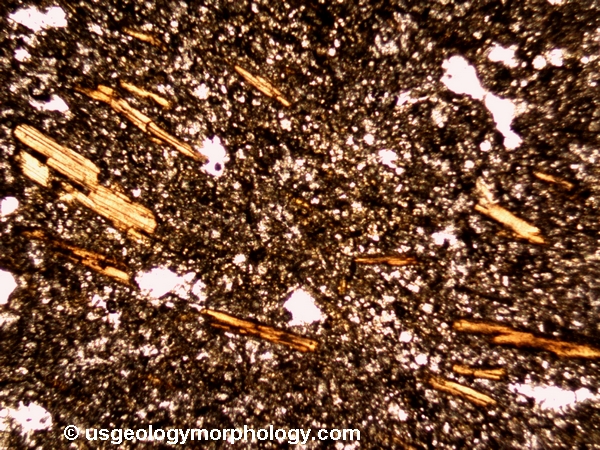
Figure 2-6. Thin section of a wyomingite.
General view of a wyomingite. Brown laths are phlogopite crystals, oriented in the direction of the lava flow. White areas are vesicles. The groundmass is made of tiny white leucite crystals amidst yellow to dark brown magnophorite. Other minerals are not visible at this scale. PPL at 40x magnification. Field of view: 2.85 mm.
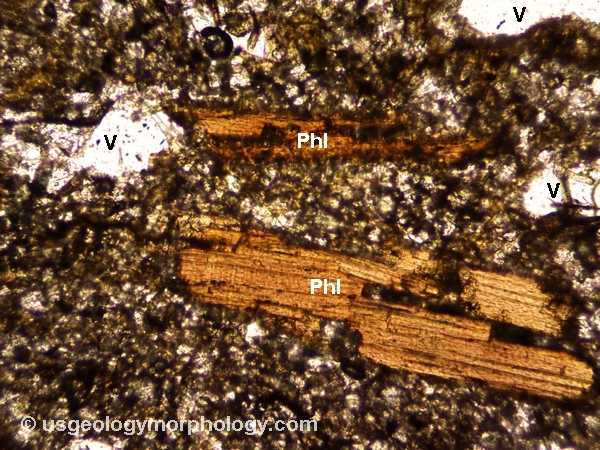
Figure 2-7. Phlogopite phenocrysts.
Close-up of phlogophite crystals in PPL (field of view: 1.14 mm). Most phlogopite phenocrysts are columnar (some are tabular), show good cleavage, are strongly pleochroic, and have slightly ragged edges by resorption (lower center). The crystal in upper center is much more resorbed. The phenocryst in lower center, less than 1 mm long, is among the largest.
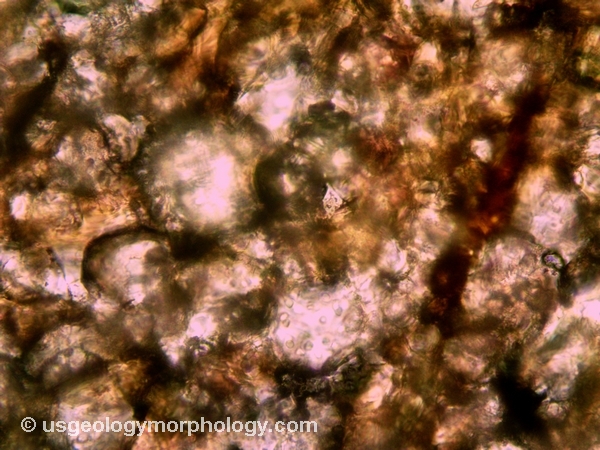
Figure 2-8. Leucite and magnophorite (PPL thin section).
Microphoto taken at 400x magnification (width of field: 0.285 mm). Very numerous tiny white to light-gray leucite crystals surrounded by yellow to dark-brown magnophorite. Many leucite crystals show fluid inclusions (glass) in a circular pattern.
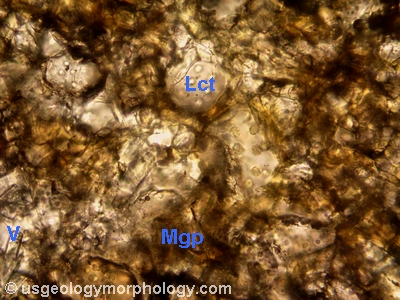
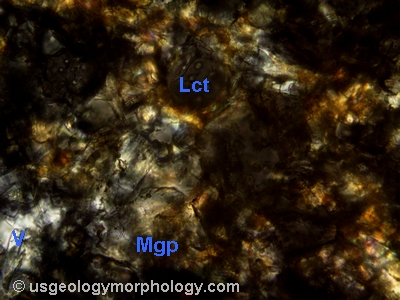
Figure 2-9. Leucite and magnophorite (left: PPL; right: XPL).
Microphotos taken at 400x magnification (width of field: 0.285 mm). Leucite appears as equant eight-sided or almost-round crystals. Magnophorite, which is interstitial, does not clearly show crystal shapes or cleavage. In plane-polarized view, (left), leucite is light-gray and magnophorite yellow to dark brown; both show no or very weak birefringence. In crossed polars (right), leucite behaves as almost isotropic (dark gray to black) and magnophorite is dark brown to black with no effect of stage rotation. Lct: leucite; Mgp: magnophorite; V: vesicle.
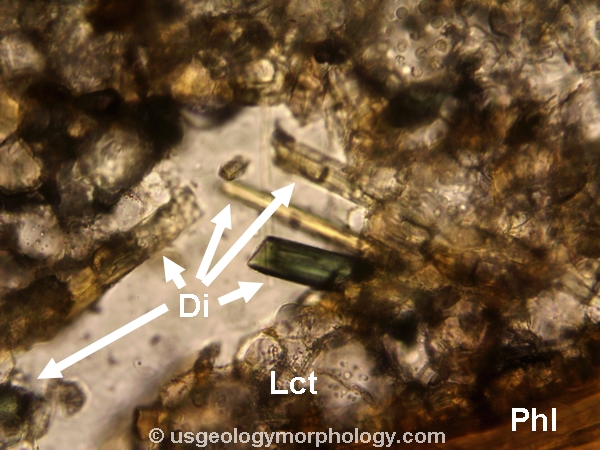
Figure 2-10. Diopside laths in wyomingite (PPL).
Most of the time, acicular diopside laths are in vesicles (light gray on photo, probably filled with zeolite); some diopside crystal are bright green, being mantled by aegirine-augite (Mitchell and Bergman, 1991). The vesicle is surrounded by leucite crystals of various sizes. Di: diopside; Lct: leucite; Phl: phlogopite. Field of view: 0.285 mm.
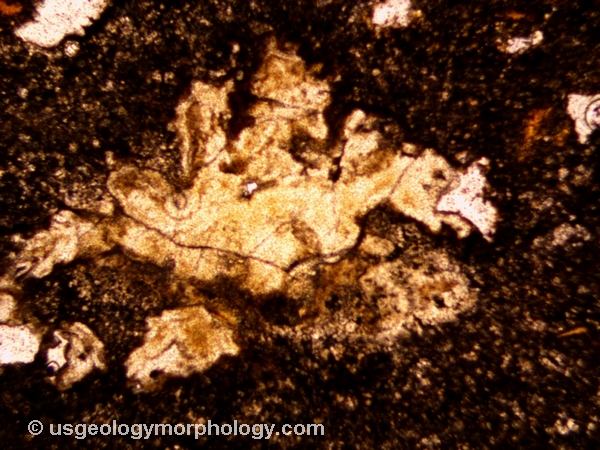
Figure 2-11. General view of a spherulite (PPL).
Spherulites are pretty common in wyomingites. They consist of needle-like radiating clusters of crystals, anchoring on pre-existing crystals. Originally made of glass in a vesicle, when lava supercooling prevents the nucleation of crystals, they develop when glass is divitrified and transforms into crystals. Field of view: 2.85 mm.
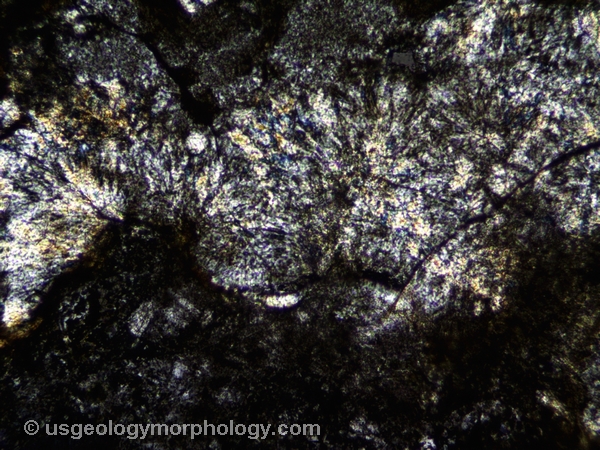
Figure 2-12. Same spherulite at a larger scale, in crossed polars.
Interference colors suggest zeolites (or chalcedony?). Field of view: 1.14 mm.
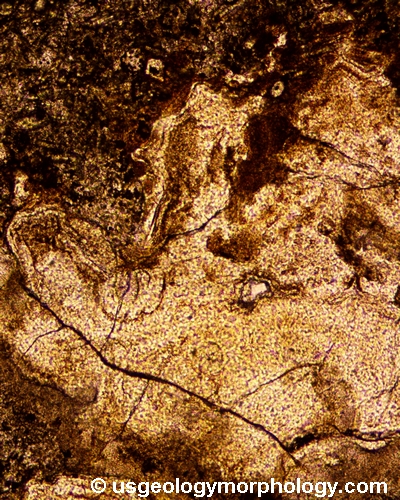
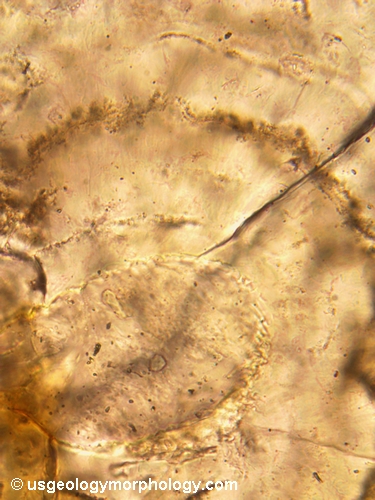
Figure 2-13. Details of the same spherulite (PPL).
Left: enlarged view of the left half of figures 2.10. Right: detail of photo at left (left of center, rotated). The radiating needle-like texture with concentric rims is visible in PPL at high magnification (600 here), but even at this resolution, the precise nature of the crystals is unresolved. Field of view: 1.14 mm (left), 0.19 mm (right).
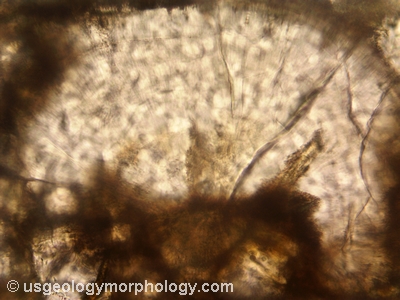
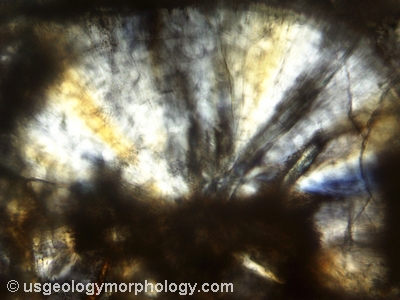
Figure 2-14. Another spherulite (PPL at left, XPL at right).
This spherulite developed into a more perfect fan shape than the preceding one. Field of view: 0.285 mm.
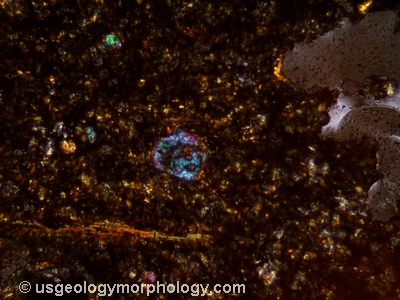
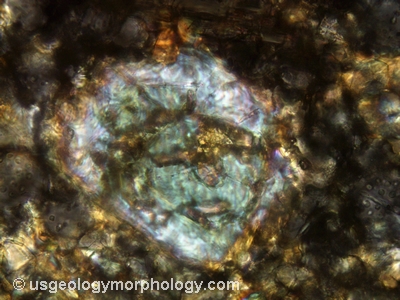
Figure 2-15. Devitrified glass in an amygdule (XPL).
Left: colorful structures as the one in the center and several smaller ones in the microphotograph are probably devitried vesicles (amygdules). Right: detail of the structure at center, showing multicolored (white, purple, green) zeolite and unresolved crystals. Field of view: at left 1.14 mm, t right 0.285 mm.
